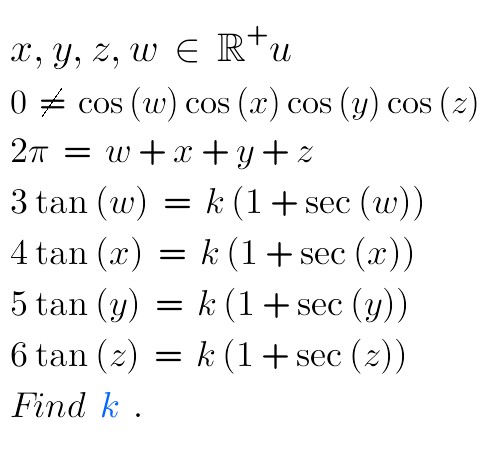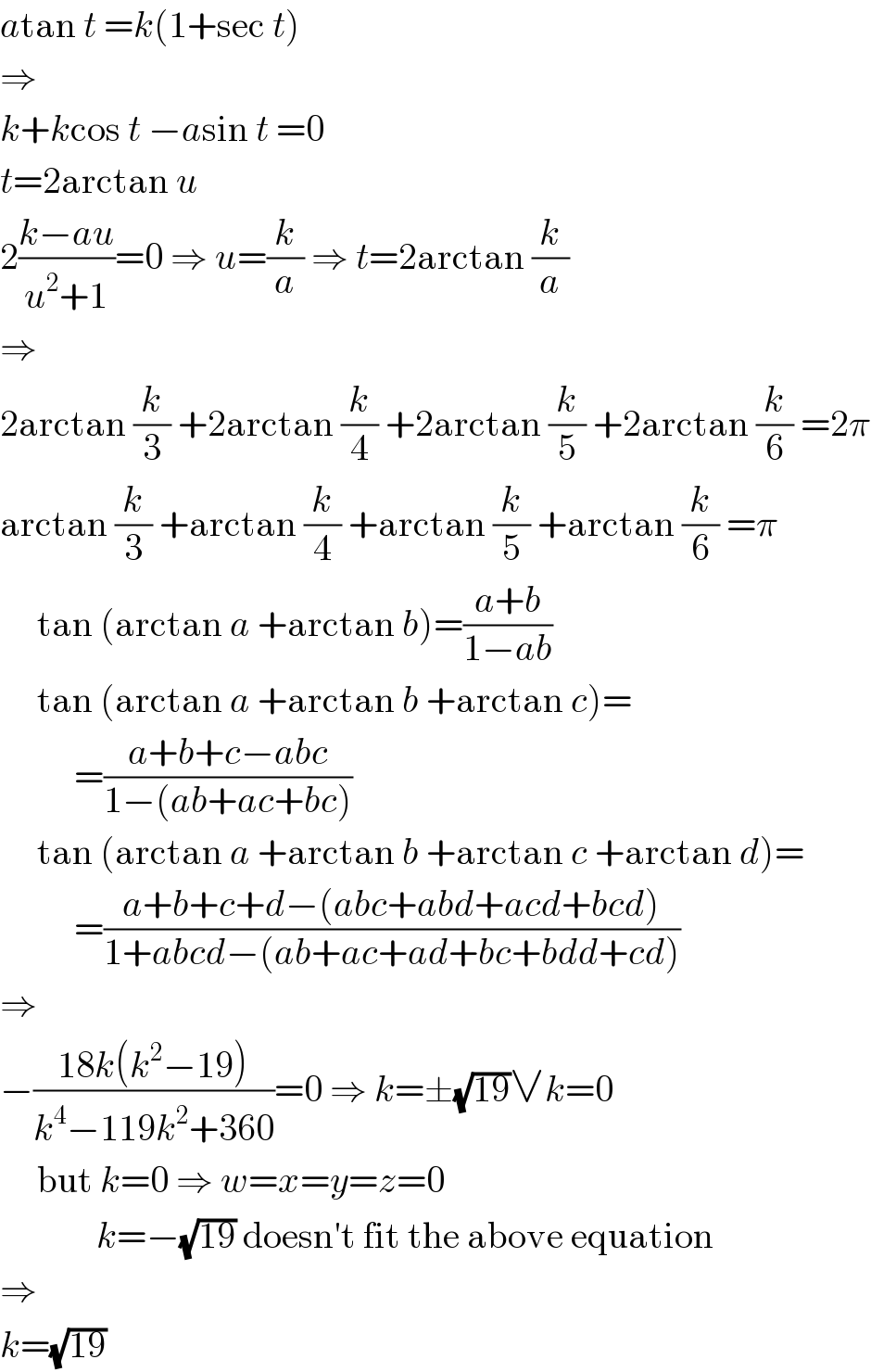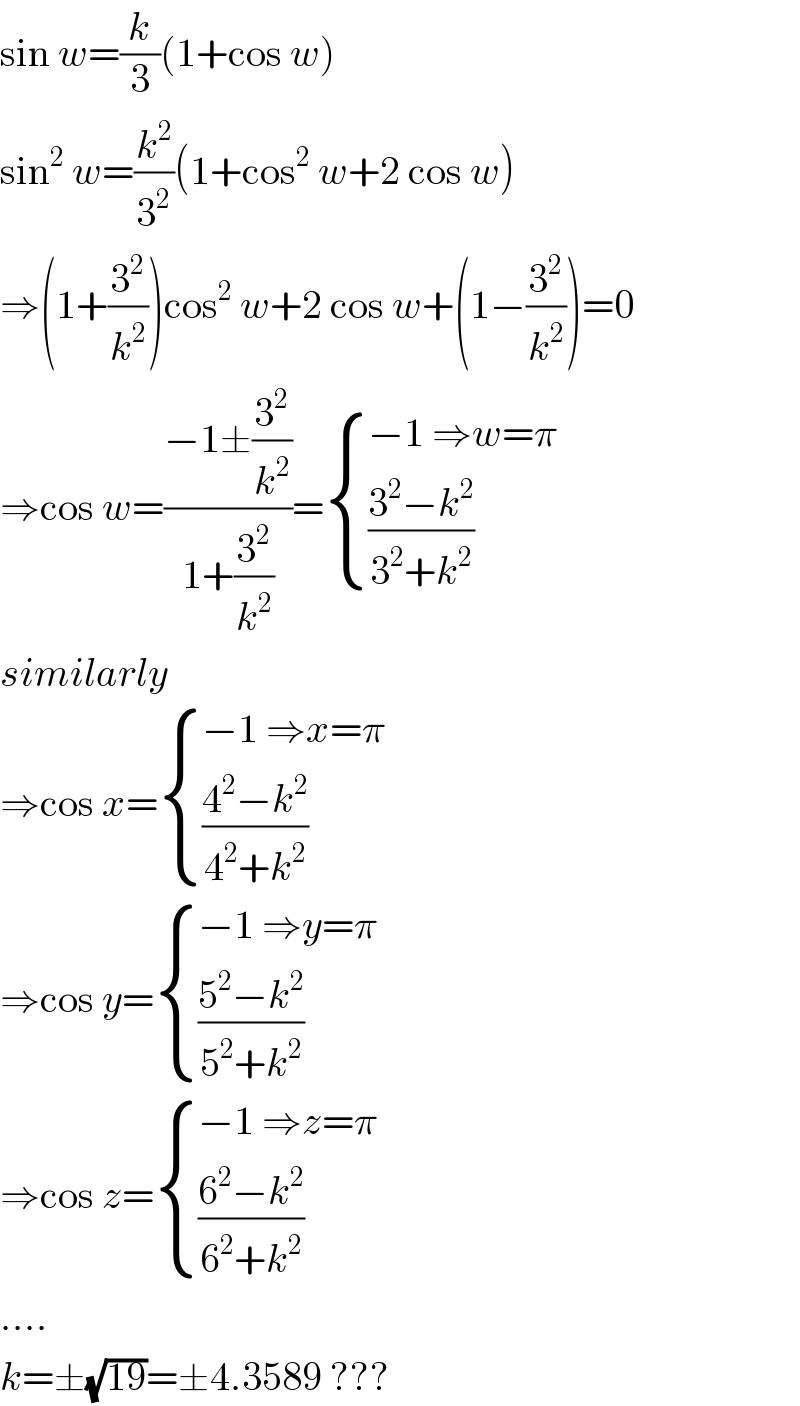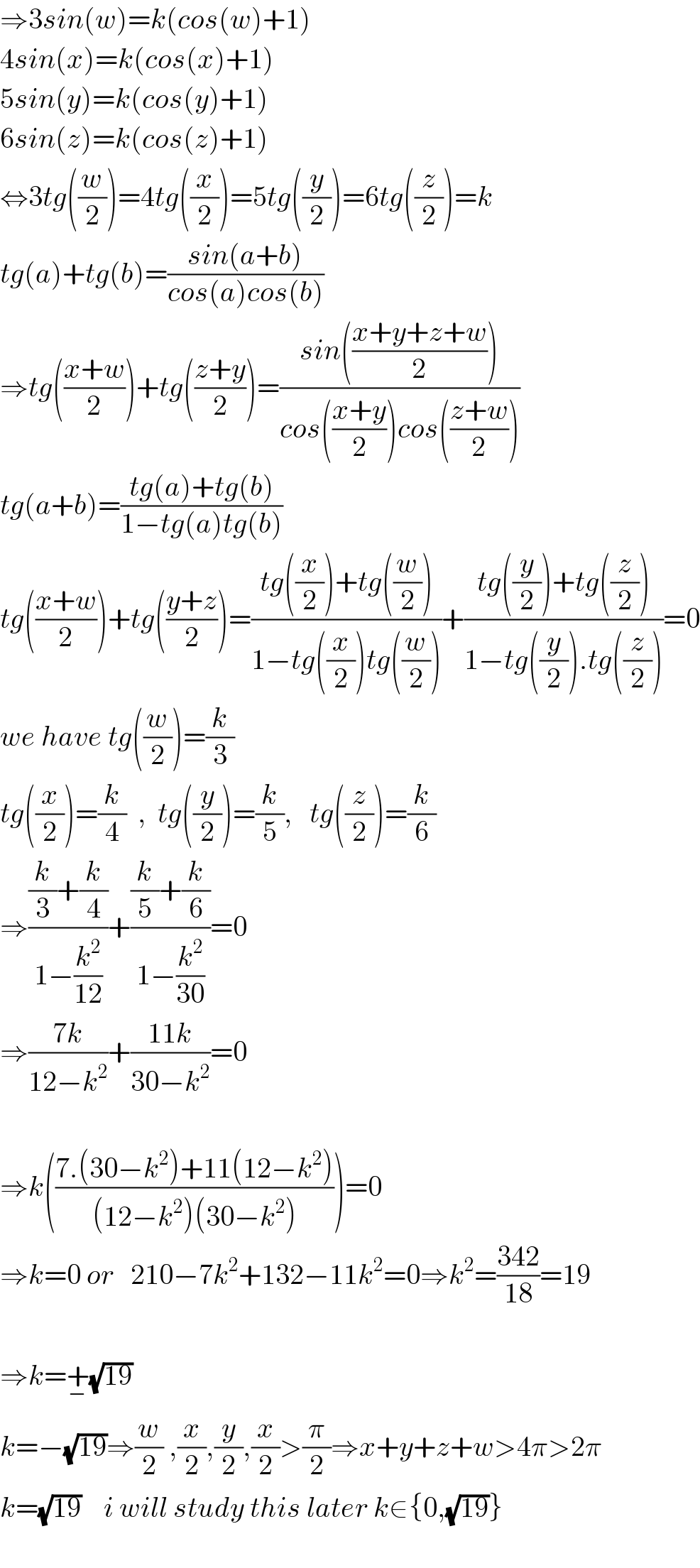
Question and Answers Forum
Question Number 69535 by naka3546 last updated on 24/Sep/19

Commented by naka3546 last updated on 24/Sep/19

Answered by MJS last updated on 24/Sep/19

Commented by mind is power last updated on 24/Sep/19

Commented by MJS last updated on 24/Sep/19

Answered by mr W last updated on 24/Sep/19

Commented by mind is power last updated on 24/Sep/19

Commented by mr W last updated on 24/Sep/19

Commented by mind is power last updated on 24/Sep/19

Answered by mind is power last updated on 24/Sep/19

